The Problem – Fractured Organizations
 The COVID-19 pandemic, the return to school questions, the protests and riots in so many of our cities, the bitter political campaign, the demand for using the “correct” words, are driving people crazy. The COVID-19, the questions, the anxieties and concerns, spill into our workplaces causing a lot of uncertainty and stress. We see this happening every day. Our businesses, our schools and hospitals, our governments, and not-for-profits, at all levels, are struggling. Changes and pressures are coming faster and faster.
The COVID-19 pandemic, the return to school questions, the protests and riots in so many of our cities, the bitter political campaign, the demand for using the “correct” words, are driving people crazy. The COVID-19, the questions, the anxieties and concerns, spill into our workplaces causing a lot of uncertainty and stress. We see this happening every day. Our businesses, our schools and hospitals, our governments, and not-for-profits, at all levels, are struggling. Changes and pressures are coming faster and faster.
So many of us seem to be trying to cope by withdrawing into our shells and trying to push the turmoil all away. The trust levels among all the various groups is very low. So many loud voices are pushing their version of the “truth” that it is almost impossible to find the truth.
Mary Eberstadt, in her 2019 book, Primal Screams, suggests that people are basically social animals and that many of our connections are broken. With all these, many have lost their sense of identity. Social distancing and COVID-19 concerns, changes in how family’s function or not, changes in where people live and work, changes in the way the strife in our society are making us feel isolated and lone.
At work, many of us do not feel psychologically or physically safe. The COVID-19 and other distractions pull us away from focusing on our work. This can lead to arguments, bullying, injuries, and incidents, as well as to lower productivity. Not only are these problems distracting us, they are very expensive for the business. For example, if we just spend the equivalent of one day a week for each employee trying to solve all the issues raised by these problems, that would amount to 20% of our payroll costs.
Pulling Together and Partnering are Needed.
We Can Each Make a Difference!
We can make choices about how we agree to work together, and build a community that is safe and productive.
We can choose to:
- Be respectful of one another.
- Listen to each other.
- Learn from each other.
- Look out for each other and be our brothers’ and sisters’ keepers.
- Learn from our successes and our mistakes.
- Give each other the benefit of the doubt and not jump to judgement.
- Talk together about how to improve our jobs.
- Talk about our differences and figure a way through them.
- Be aware of people who are bullying or harassing others and speak up about this.
- Create a safe space where it is okay for people to ask questions and provide feedback.
- Help each other to be successful.
 In thinking about your own place where you work, what do you suppose it would be like if you did some of these things? Do you think that you could begin talking with others about the COVID-19 challenges and building a more respectful environment? What do you think it would be like if you could openly talk together about the important issues like workable, social distancing and improving the safety of your job?
In thinking about your own place where you work, what do you suppose it would be like if you did some of these things? Do you think that you could begin talking with others about the COVID-19 challenges and building a more respectful environment? What do you think it would be like if you could openly talk together about the important issues like workable, social distancing and improving the safety of your job?
What would it be like if the managers and supervisors openly shared more information about these issues, as well as about how the business is doing? Would talking about how other businesses are handling these issues be helpful? What would it be like if you felt you were in an environment of trust? What would it be like if people really asked important questions and talked about them?
Hopefully, the people in upper management will be asking you for your honest opinions and really listen.
Each person can make a positive difference, if you decide to do it. It is a matter of will. If you do not step forward to make our workplaces safer and more productive, who will?
There are people with whom you can partner and begin these focused conversations. These do not have to be big projects. Start small, start slowly and it will spread it as it grows.
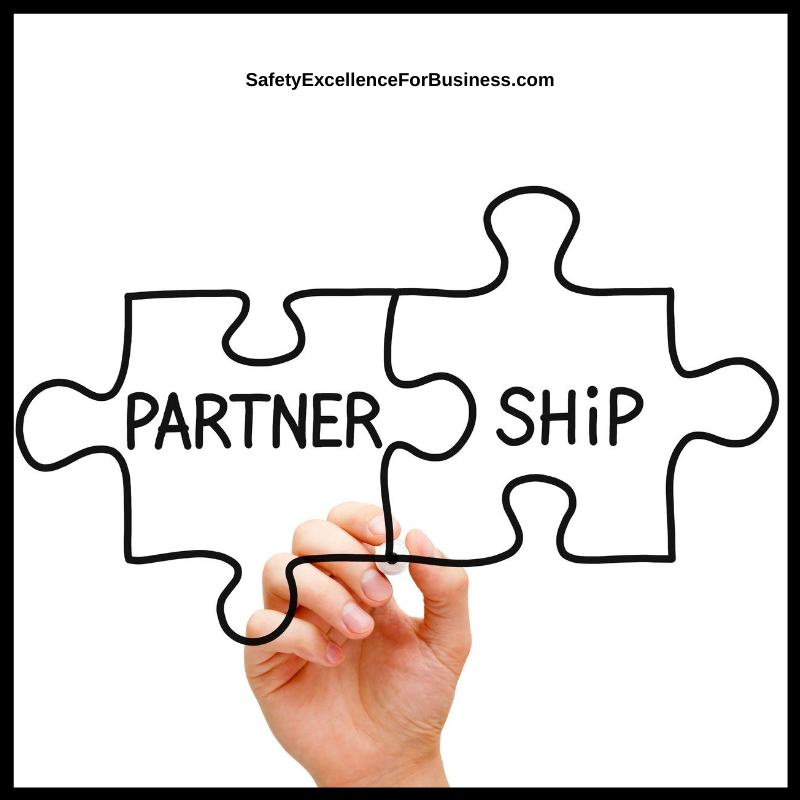 When I was transferred to the DuPont Belle, West Virginia plant in 1987, the Total Recordable Injury Case Rate (TRC) was about 5.8 and emissions to air, water and ground, as reported in the EPA Toxic Release Inventory (TRI) annual report, was over 6,000,000 pounds/year. Within three years, both of these had dropped by about 95% to a TRC of about 0.3 and a TRI of about 275,000 pounds/year. Emissions to the environment is one way to measure how well the process safety is working; the better the process safety work, the lower the emissions to the environment.
When I was transferred to the DuPont Belle, West Virginia plant in 1987, the Total Recordable Injury Case Rate (TRC) was about 5.8 and emissions to air, water and ground, as reported in the EPA Toxic Release Inventory (TRI) annual report, was over 6,000,000 pounds/year. Within three years, both of these had dropped by about 95% to a TRC of about 0.3 and a TRI of about 275,000 pounds/year. Emissions to the environment is one way to measure how well the process safety is working; the better the process safety work, the lower the emissions to the environment.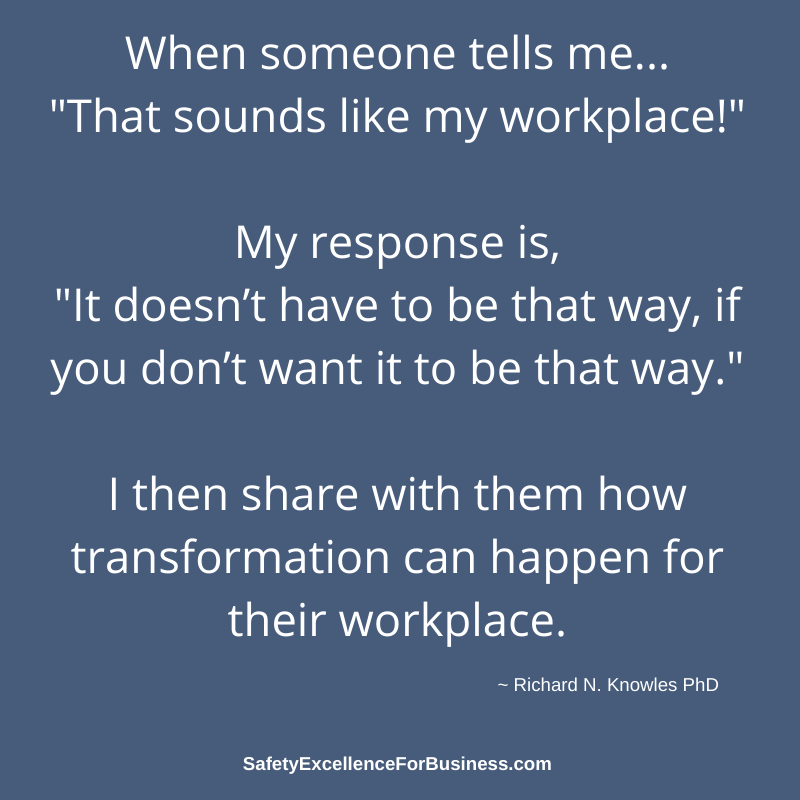 The process safety management collapsed in January of 2010 with major, accidental releases to the air and river and they had a man get killed with a phosgene release. When the US Chemical Safety Board investigated in late 2010, they reported that while the occupational safety and health performance was the best in the DuPont Company, the process safety management had fallen apart and the plant was not even using the DuPont standard procedures. This was a sad commentary about how far things had fallen.
The process safety management collapsed in January of 2010 with major, accidental releases to the air and river and they had a man get killed with a phosgene release. When the US Chemical Safety Board investigated in late 2010, they reported that while the occupational safety and health performance was the best in the DuPont Company, the process safety management had fallen apart and the plant was not even using the DuPont standard procedures. This was a sad commentary about how far things had fallen. You can’t turn on the news or check your Internet homepage without sensing the depth of the issues that our country is experiencing. Whether it is returning to the workplace amidst COVID-19 rules, political protests, religious non-tolerance, or negative nightly news events – we’re experiencing a wide berth of dramatic events. And each of us has an opinion, a response, a way that we individually see these events and cope with this discord.
You can’t turn on the news or check your Internet homepage without sensing the depth of the issues that our country is experiencing. Whether it is returning to the workplace amidst COVID-19 rules, political protests, religious non-tolerance, or negative nightly news events – we’re experiencing a wide berth of dramatic events. And each of us has an opinion, a response, a way that we individually see these events and cope with this discord. It doesn’t have to be that way! Take a timeout!
It doesn’t have to be that way! Take a timeout!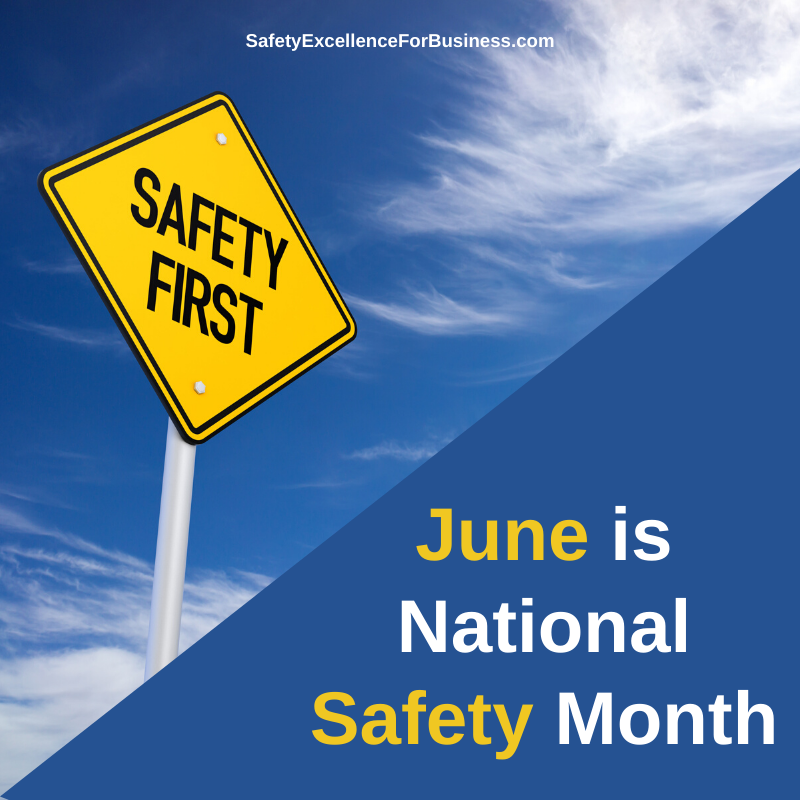 In times like this, when the business and production activities are ramping up, there is a real danger that safety problems will show up. Any time the level of activity changes, up or down, is a time of danger.
In times like this, when the business and production activities are ramping up, there is a real danger that safety problems will show up. Any time the level of activity changes, up or down, is a time of danger.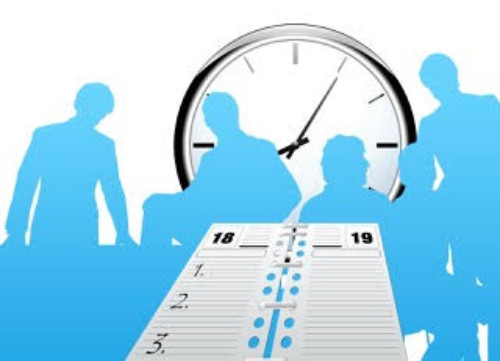 It will not be easy as people are returning to the workplace. Leaders and managers must get out of their offices and purposefully engage with the people. They need to talk about the COVID-19 problem, share what is happening, and talk about the problems with which they are dealing. They need to do this with openness, honesty, respect, and caring. This is not just a one-off contact; leaders and managers need to engage in these conversations every day!
It will not be easy as people are returning to the workplace. Leaders and managers must get out of their offices and purposefully engage with the people. They need to talk about the COVID-19 problem, share what is happening, and talk about the problems with which they are dealing. They need to do this with openness, honesty, respect, and caring. This is not just a one-off contact; leaders and managers need to engage in these conversations every day! I have abstracted it here for those reading this newsletter since you may have missed it.
I have abstracted it here for those reading this newsletter since you may have missed it. In all cases, the healthcare provider and local health department should be consulted.
In all cases, the healthcare provider and local health department should be consulted.
 This pandemic has created a lot of change and instability in our society. The FDA and the CDC have changed or suspended many rules and regulations in order to attack the pandemic and save lives. It is a period of high energy and creativity as people everywhere are coming up with ways to help people. Industries have shifted to making PPE-like face masks. The foodservice industry has shifted to take out and delivery. This creativity and positive energy is gratifying.
This pandemic has created a lot of change and instability in our society. The FDA and the CDC have changed or suspended many rules and regulations in order to attack the pandemic and save lives. It is a period of high energy and creativity as people everywhere are coming up with ways to help people. Industries have shifted to making PPE-like face masks. The foodservice industry has shifted to take out and delivery. This creativity and positive energy is gratifying. Like all flus, we need to take it seriously and take appropriate steps to protect ourselves and our families. I have read a lot about what employers should do to protect their employees, which makes sense, but it sounds as if they are running a kindergarten class. OSHA has declared the flu as a recognized workplace hazard, so employers do have a responsibility to do what they can to protect the people, but there is a lot we can do for ourselves.
Like all flus, we need to take it seriously and take appropriate steps to protect ourselves and our families. I have read a lot about what employers should do to protect their employees, which makes sense, but it sounds as if they are running a kindergarten class. OSHA has declared the flu as a recognized workplace hazard, so employers do have a responsibility to do what they can to protect the people, but there is a lot we can do for ourselves. The pain and suffering is miserable.
The pain and suffering is miserable.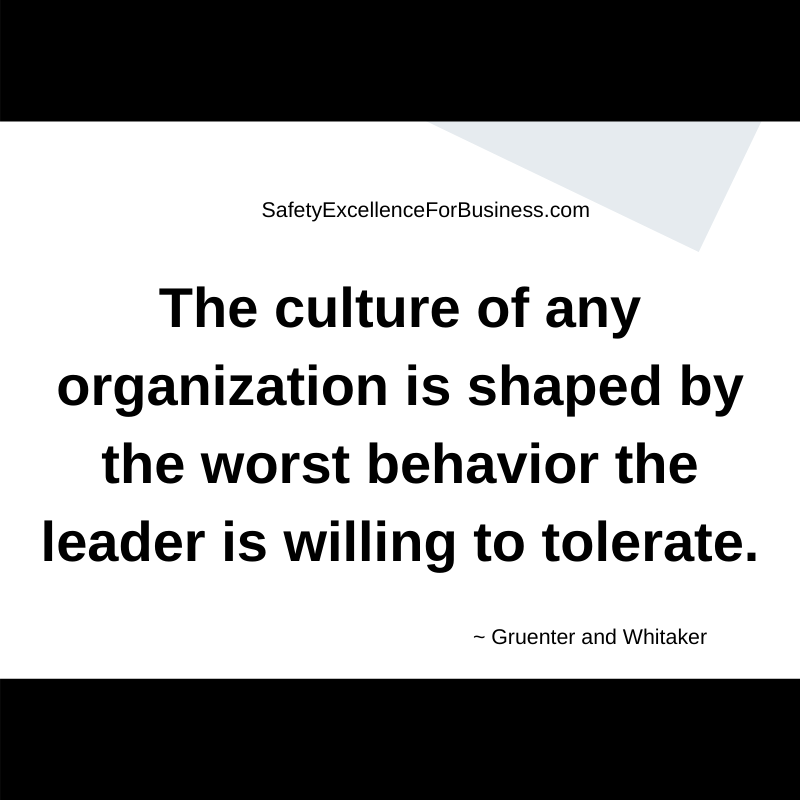 Changes are coming fast and furious. Everything seems to be changing all around us. This can cause unsettling feelings and a loss of control. However, in the middle of all this change, one area that can be steady for us is our relationships with each other.
Changes are coming fast and furious. Everything seems to be changing all around us. This can cause unsettling feelings and a loss of control. However, in the middle of all this change, one area that can be steady for us is our relationships with each other.




